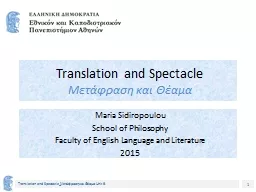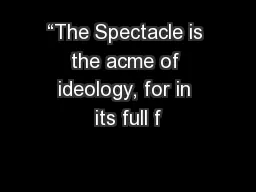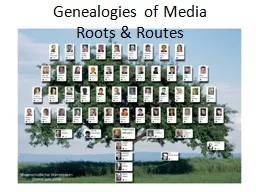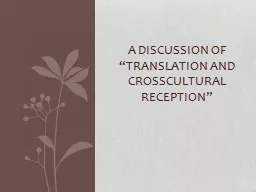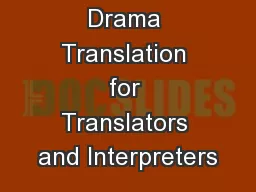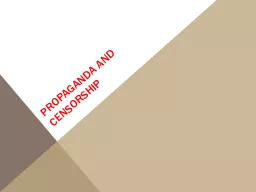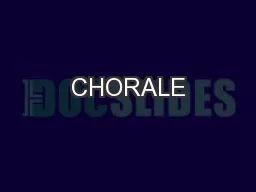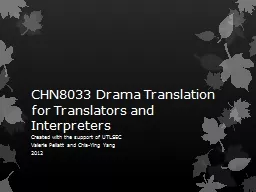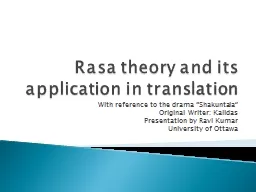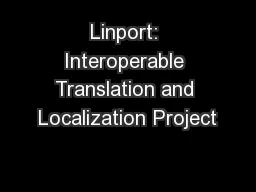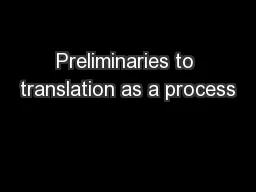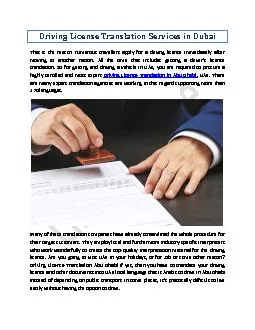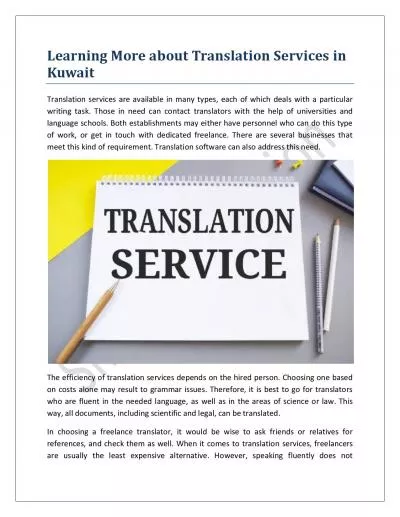PPT-Translation and Spectacle
Author : olivia-moreira | Published Date : 2019-02-27
Μετάφραση και Θέαμα Maria Sidiropoulou School of Philosophy Faculty of English Language and Literature 2015 Source Sidiropoulou Maria 20122013
Presentation Embed Code
Download Presentation
Download Presentation The PPT/PDF document "Translation and Spectacle" is the property of its rightful owner. Permission is granted to download and print the materials on this website for personal, non-commercial use only, and to display it on your personal computer provided you do not modify the materials and that you retain all copyright notices contained in the materials. By downloading content from our website, you accept the terms of this agreement.
Translation and Spectacle: Transcript
Download Rules Of Document
"Translation and Spectacle"The content belongs to its owner. You may download and print it for personal use, without modification, and keep all copyright notices. By downloading, you agree to these terms.
Related Documents

